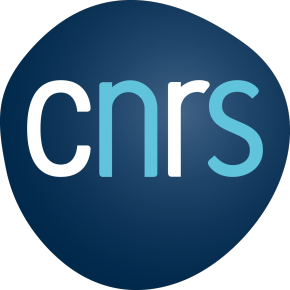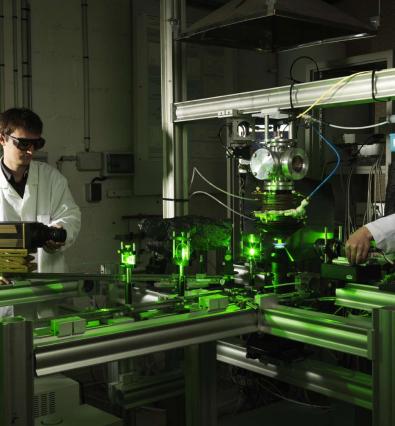


Energy and transportation have become significant issues likely to disrupt the general organization of society severely. The scarcity of oil, the rational use of fossil fuels, reducing emissions, developing renewable energies, and climate change risks pose many scientific questions. High-level academic research on energy and combustion from molecular scales to more macroscopic scales and applied studies, in partnership with leading companies and research centres in the field of transport and energy, allows the EM2C laboratory from CNRS at CentraleSupelec, to contribute significantly to the advancement of knowledge of these problematic issues.
The laboratory’s research activities are organized around three axes: combustion, non-equilibrium plasmas, physics of transfers, and transverse action in Applied Mathematics.
COMBUSTION
Combustion activities focus on the understanding, control, simulation, improvement, and optimization of combustion. The objectives are a better understanding of basic mechanisms and their interactions simultaneously developed through experimentation, modelling, and high-performance numerical simulations. This research is also based on innovations in diagnostics, sensors, actuators, control methods, and means of simulation.
NON-EQUILIBRIUM PLASMA
Research on non-equilibrium plasmas includes fundamental studies using advanced optical diagnostics of the hydrodynamics and chemical kinetics of non-equilibrium plasmas at atmospheric pressure. In parallel, we consider applications to the fields of energy (ignition and stabilization of lean mixtures of fuel, hydrogen production), aerodynamics, atmospheric re-entry (VUV radiation, ablation), and bio-decontamination.
PHYSICS OF TRANSFERS
Research conducted in the physics of transfers team is around the energy transfer by radiation in gaseous media, transfers in porous media, and nano-thermal sciences. By combining fundamental approaches and the development of effective heat transfer models, this research addresses scientific and technological barriers related to applications as diverse as atmospheric re-entry spacecraft, transfer within the core of a nuclear reactor, or nanomaterials.
APPLIED MATHEMATICS
Transversal action in applied mathematics links fundamental mathematical and numerical tools on the one side and applications on the other side to provide solutions when stumbling blocks are to be found. Mathematical modelling, numerical analysis, scientific computing, and high-performance computing (HPC) improve the resolution of complex problems such as multi-phase flow simulations. Strong interaction with experimental researchers in the laboratory is also used to validate the developed models and codes and an in-depth understanding of the studied physical phenomena.
Videos
Academic Partners
CERFACS, CORIA, CETHIL, ENS, ESPCI, Fresnel Institute (Marseille), IMFT, LPGP, LPP, LIMHP, LISN, PC2A, CMAP, Canadian Nuclear Laboratories, Colorado State University, Johns Hopkins University, Old Dominion University, Pennsylvania State University, Stanford University, Yale University, University of Rochester, MIT, Nasa Research Centers, Magdeburg, University of Potsdam, Autonomous University of Madrid, University Asunción Paraguay, JAXA, Iowa State University...
Industrial Partners
AIRBUS, AIR LIQUIDE, ARIANE GROUP, CEA, CNES, DGA, EDF, ENGIE, ESA, FLUIDYN, IFPEN, IRSN, MBDA, NAVAL GROUP, ONERA, ORANO, RENAULT, SAFRAN, STELLANTIS, THALES...
Key Figures 2023
- Faculty members and researchers: 31
- PhD students: 51
- Technical and administrative staff: 14
- Visiting professor: 1
- Publications (source Web of Science): 40
More information
Download the EM2C 2023 report HERE
CONTACT
Director: Sébastien Ducruix
E-mail: Sébastien.Ducruix[at]centralesupelec.fr




